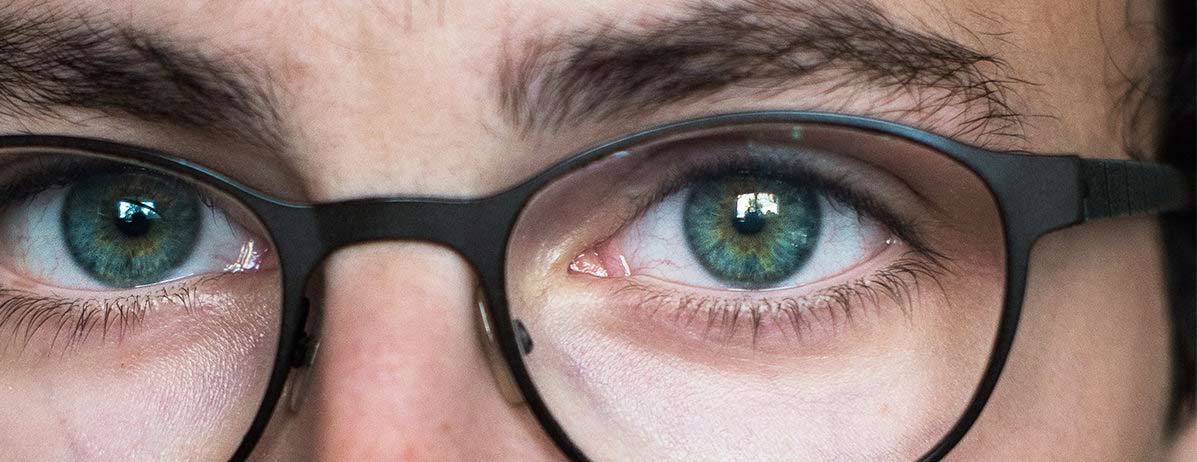Quick! What color is the sky?
Did you say blue? Cyan? How about azure? Or cerulean?
If you’re second guessing yourself, don’t worry; it’s a trick question. Depending on your eyes, any of those answers could be correct.
As stated by the American Academy of Ophthalmology, when light hits an object, the object absorbs some of that light and reflects the rest of it. That reflected light then focuses the light on the retina, the layer of nerve cells in the back of the eye. Your retina has two different types of cells that detect and respond to light: rods and cones. These cells that are sensitive to light are called photoreceptors.
Now that you understand the basics of how people see, you’re probably wondering how it relates to how people perceive color, right? The answer is cones.
Cones contain pigments that allow people to detect different colors and shades of color. There are typically three kinds of pigment: red, green, and blue. When light hits the retina, varying types and amounts of cones are stimulated depending on the wavelength, which your brain processes into a color.
If you’re curious about your cone function and sensitivity, take this test* to find your “Color IQ.”
So if the light you see has a set wavelength, how can there be different correct answers? There are two reasons for this.
The first has to do with how well the varying pigments in your cones work. Some people can have up to three improperly functioning pigments in varying degrees of severity.Research has also shown that a small percentage of people actually possess a fourth type of pigment, which could also alter color perception.
The second reason has to do with photoreceptor sensitivity. According to the University of California, Santa Barbara, people’s cones can vary in their peak receptivity, which means the purest blue for someone’s eyes might have a slightly longer or shorter wavelength than your purest blue. Even though you both call it blue, you might actually be seeing slightly different colors.
So now that you know more about how people perceive color, you can confidently answer that question. Whether it’s the sky, the ocean, or a particular dress, you now know that the answer is whatever color you happen to see.
(*This online test is in no way representative of a medical diagnosis. Should such a diagnosis be required, please schedule an appointment with one of our eye doctors in Oxford, Lapeer, Flint, Fenton, or Grand Blanc.)
The Michigan Eye Institute is committed to providing the best service possible. Please feel free to contact us if you have any questions about this post or about the eyes in general.




Leave A Comment